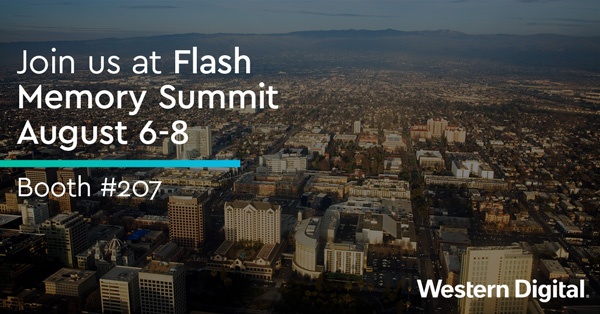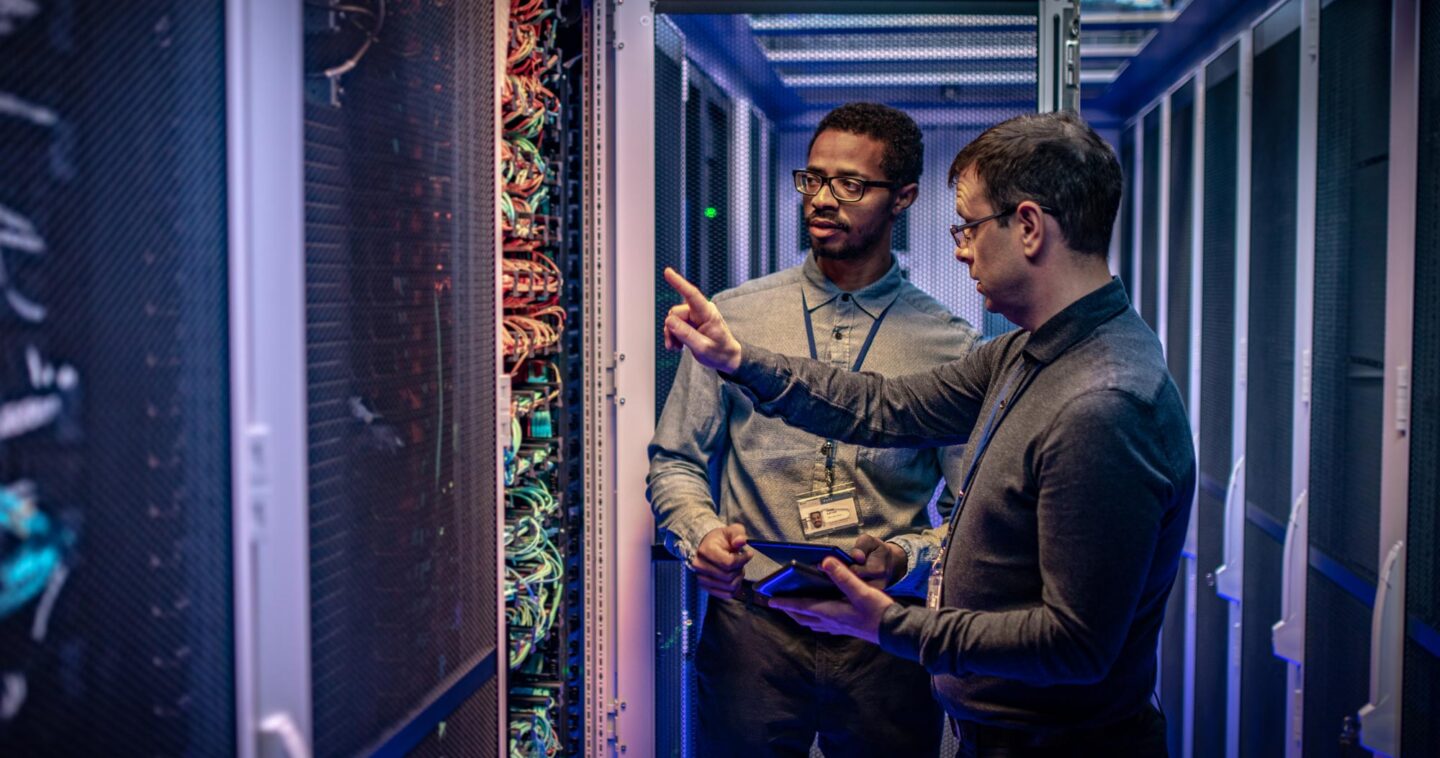We’ve been talking a lot about “Data @ the Center” and how organizations need to shift their mindset from strictly building a data center, but rather designing their infrastructure to always put data first. At Flash Memory Summit 2019, our partners at DriveScale will be in our booth talking about composability, a future of elastic resources, and designing solutions for the dynamic behavior of data-intensive computing. Ahead of the event, I sat down with Denise Shiffman, Chief Product Officer at DriveScale, to talk about open composability and the future of IT infrastructure.
What does “Data @ the Center” to mean to you and your customers?
Denise: There’s a very real impact to the data center as companies digitize their business and the data they store online continues to grow. Historically, data centers have been designed around computing. Today, data center design needs to better incorporate the availability and accessibility of data to applications and to users no matter where they are located, as well as manage the cost of the volume and velocity of their data.
What challenges are your customers facing that are driving the adoption of composable infrastructure?
Denise: We see a few different issues popping up consistently among the companies we talk to:
- SKU sprawl
First, for scale-out clusters, the issue is server SKU sprawl. Customers have multiple clusters each with a different vendor SKU. The resulting problem is two-fold, the compute and storage resources trapped in those servers are also captive in the cluster and if underutilized they cannot be re-deployed or used in another cluster. And they have to absorb the added operational burden of deploying, managing, supporting, and upgrading so many SKUs.
- The move to NVMe™ and fabrics
Second, is the move to NVMe and a desire to put NVMe storage systems on a fabric to gain better utilization of the drives. Customers are looking for an automated and flexible way to deploy their storage that will adapt to their future needs.
- Kubernetes®
Third, is the move to Kubernetes, which is the orchestration of containers on bare-metal infrastructure. Customers are looking for a fully automated, software-driven approach to deploying bare-metal infrastructure that is disaggregated, hardware-independent, and flexible to scale up or down on the fly.
What use cases or industries do you see leading adoption of this next generation technology [composable infrastructure]?
Denise: There is enormous growth in machine learning and advanced analytics including the use of NoSQL and distributed SQL databases. These are performance-hungry applications that demand high performance storage solutions and highly flexible infrastructure. DriveScale instantly turns IT resources into a bare-metal cloud with on-demand instances of compute servers, GPU servers and storage making it ideal for these applications.
What needs to happen to shift NVMe-oF™ from concept to reality for organizations?
Denise: I think it’s already happening. Dense NVMe systems that connect directly to a standard Ethernet network transform the cost per gig making NVMe affordable for everyone. Since NVMe can be deployed using standard iSCSI or over an RDMA or TCP fabric customers have the choice of optimizing for latency or for lowest cost. There is enormous interest in NVMe and Western Digital solutions are in the sweet spot.
What advantages does the partnership with Western Digital bring your customers and partners?
Denise: Together, Western Digital and DriveScale are providing an end-to-end automated and fully orchestrated composable infrastructure solution that is deployable today and already in production at scale. Customers can choose any industry-standard server (with just a boot drive) and Ethernet top-of-rack switch, and NVMe storage from Western Digital and with DriveScale they can deploy, expand, reduce and replace resources on the fly.
How would a customer get started with Composable?
Denise: When it comes to DriveScale Composable Platform, it can be used to expand current running clusters. Applications run unchanged and see the composable solution as local storage. If the cluster is running out of storage than storage can be added to each compute node in the cluster via software without having to pay for and add compute nodes. In addition, new workloads can be deployed on composable infrastructure and the composable resource pools can be shared with legacy clusters. It’s an easy, simple, and fast way to extend the current data center.
The Bottom Line is Higher ROI
Composable enables the dynamic (real time) allocation of resources to meet application SLAs. As application performance thresholds are reached (e.g. bandwidth, latency, etc.) alarms can be set to automatically allocate additional resources to maintain performance. Conversely, during off-peak times, these resources can be reallocated to other applications. The increases in utilization of more costly resources, such as flash storage, and delivers a much higher return on investment.
Join us at FMS to learn more!




